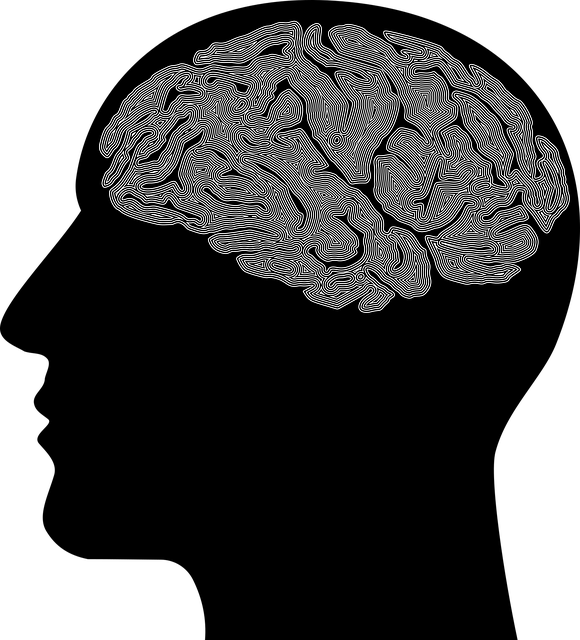Westminster International Adoptions Therapy (WIAT) employs both quantitative and qualitative assessment methods for evaluating mental wellness programs, tracking participant numbers, completion rates, and changes in standardized measures alongside interviews, focus groups, and self-reflections. This dual approach provides a comprehensive view of WIAT's impact on emotional regulation, identifying successful practices through evidence-based adjustments tailored to individual clients' needs, enhancing program effectiveness and client outcomes.
Mental wellness programs play a vital role in adopting individuals’ lives, and their effectiveness should be rigorously evaluated. This article explores comprehensive evaluation methods for mental wellness initiatives, focusing on the unique needs of adoptions. We delve into assessing program impact through both quantitative and qualitative approaches, ensuring measurable outcomes. By integrating surveys, statistics, interviews, and focus groups, we gain insights into participant experiences. Furthermore, we discuss strategies for active engagement, feedback mechanisms, and long-term sustainability, emphasizing cultural sensitivity to cater to diverse communities. Understanding these evaluation methods is essential, especially within the context of Westminster International Adoptions Therapy.
- Assessing Program Impact: Quantitative and Qualitative Approaches
- – Discussing the importance of measurable outcomes
- – Overview of quantitative methods (surveys, statistics) and qualitative methods (interviews, focus groups)
Assessing Program Impact: Quantitative and Qualitative Approaches

Evaluating the impact of a mental wellness program is a multifaceted process that combines both quantitative and qualitative methods. Quantitative assessments typically involve tracking statistical data such as participant numbers, completion rates, and changes in scores on standardized measures of mental health symptoms or emotional well-being. For instance, Westminster International Adoptions Therapy (WIAT) might measure the number of clients who complete the program and assess improvements in anxiety, depression, and stress levels through surveys before and after participation.
Qualitative approaches, on the other hand, delve deeper into participants’ experiences and perceptions. These methods include interviews, focus groups, and self-reflections that explore individual journeys, challenges faced, and the effectiveness of specific interventions like Self-Awareness Exercises and Empathy Building Strategies. By integrating qualitative insights, WIAT can uncover nuanced improvements in Emotional Regulation, fostering a more holistic understanding of program impact beyond numerical data.
– Discussing the importance of measurable outcomes

Evaluating a mental wellness program is not just about qualitative feedback; measurable outcomes are paramount to understanding its effectiveness. At Westminster International Adoptions Therapy, we recognize that quantifiable data provides a clear picture of an individual’s progress and the program’s overall success. By setting specific, achievable goals and tracking them over time, we can identify what works and make evidence-based adjustments. This ensures that our programs, such as those focusing on Mindfulness Meditation and Compassion Cultivation Practices, are tailored to meet the unique needs of each client.
Mental Health Awareness is enhanced when programs are evaluated using robust metrics. These outcomes might include reduced symptoms of anxiety or depression, improved overall life satisfaction, or better coping mechanisms. For instance, a client’s ability to manage stress through Mindfulness Meditation practices can be measured and compared over different therapy phases. Such quantifiable data not only benefits individual clients but also provides valuable insights for refining and improving mental wellness programs at Westminster International Adoptions Therapy.
– Overview of quantitative methods (surveys, statistics) and qualitative methods (interviews, focus groups)

Evaluating mental wellness programs involves a blend of quantitative and qualitative methods to gain a comprehensive understanding of their effectiveness. Quantitative approaches, such as surveys and statistical analysis, provide data-driven insights into participant demographics, symptoms, and changes over time. For instance, Westminster International Adoptions Therapy (WIAT) can use surveys to assess improvements in coping skills among adoptees before and after therapy sessions. Statistics help identify trends, correlations, and the overall impact of the program on mental health outcomes.
Qualitative methods, including interviews and focus groups, offer deeper insights into participants’ experiences, perceptions, and emotional responses. These techniques allow for exploring nuanced aspects like the therapeutic environment, interpersonal relationships, and personal growth. For example, qualitative research could uncover how WIAT’s structured coaching programs facilitate self-care routine development for better mental health. By combining quantitative and qualitative methods, mental wellness coaching program developers can make informed decisions about improvements and tailor interventions to meet diverse individual needs.
Evaluating the effectiveness of mental wellness programs, such as those offered by institutions like Westminster International Adoptions Therapy, requires a balanced approach. By combining quantitative data from surveys and statistics with qualitative insights from interviews and focus groups, we can gain a comprehensive understanding of program impact. This dual method allows for measuring measurable outcomes while capturing the nuanced experiences of participants, ensuring that mental health initiatives are not only successful but also tailored to meet the unique needs of those they serve.














